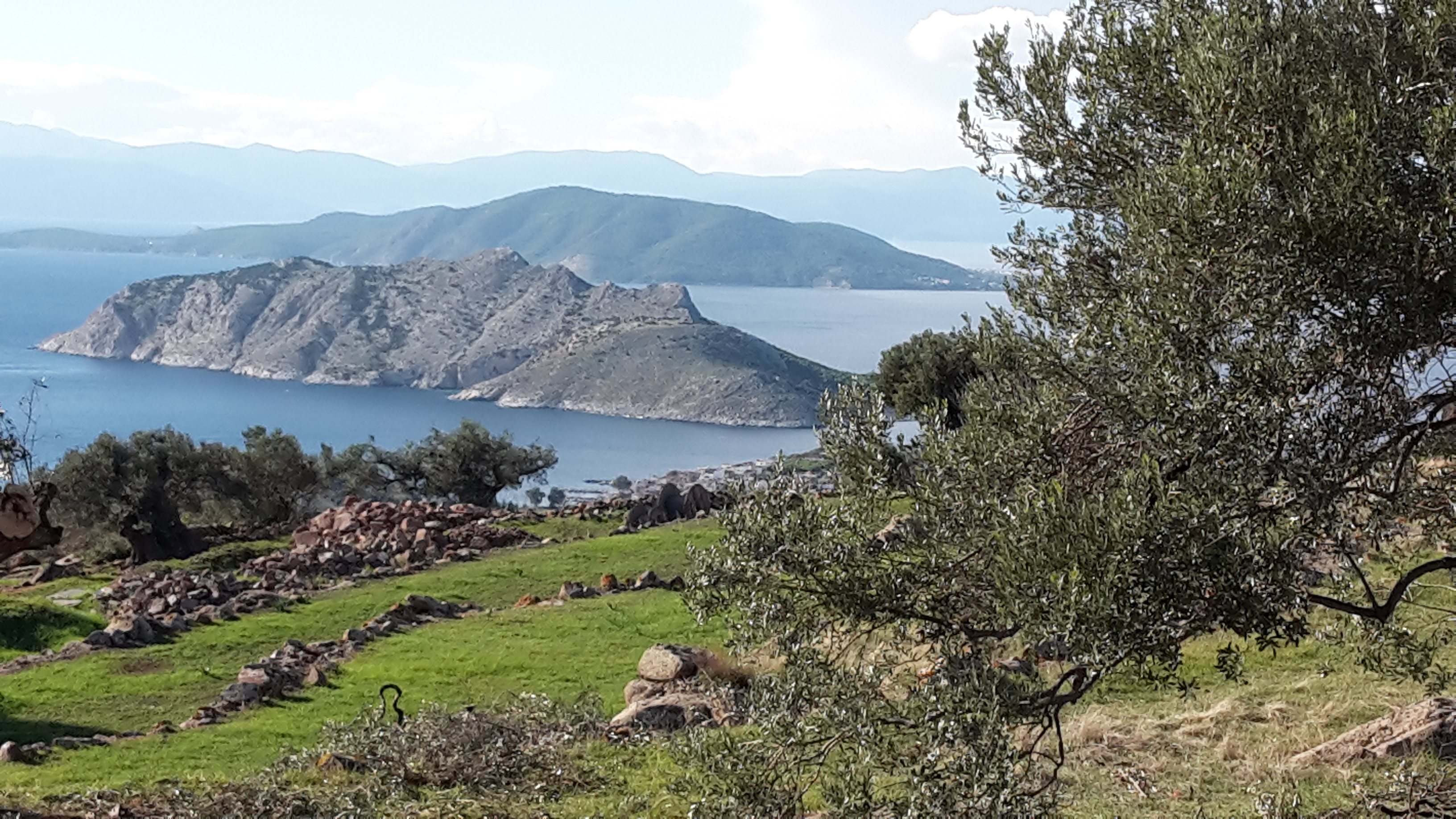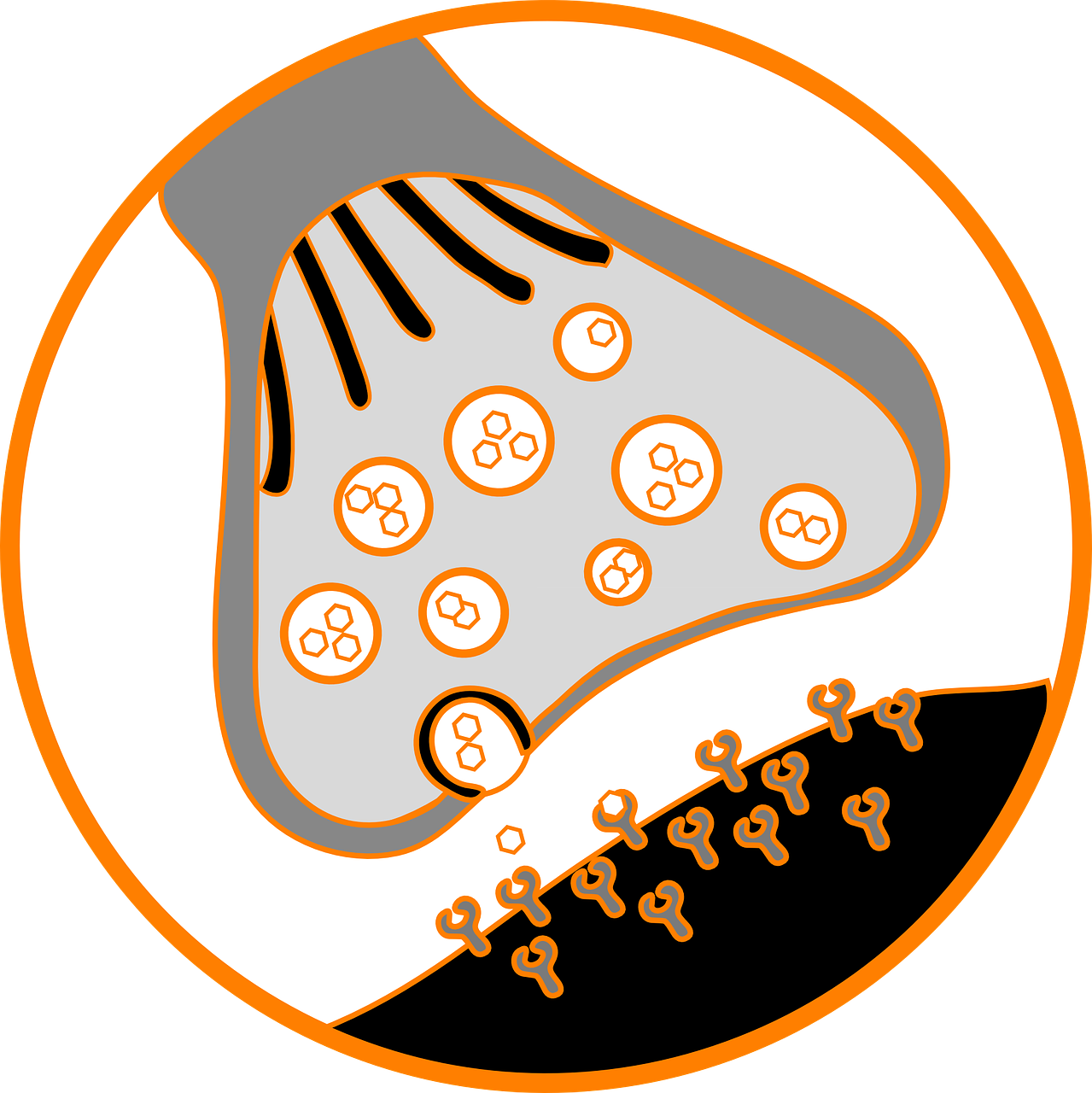Out of 41 different diets, the Mediterranean diet was voted No. 1 in 2019 by a panel of health experts1, with the DASH diet (Dietary Approaches to Stop Hypertension)falling to No 2. Meanwhile, other popular diets, including the Ketogenic and the Paleo diet moved toward the bottom of the list.
So, what about making it a New Year’s Resolution to follow a dietary pattern that
- Reduces the risk of heart disease,
- Reduces the risk of stroke
- Protects against Alzheimer and cognitive decline
- Protects against depression
- Reduces the risk of certain types of cancer
- Helps with weight control
- Makes you feel full and TASTES GREAT
Its origins
The Mediterranean diet has collected influences and tastes from various cultures surrounding the Mediterranean Sea throughout thousands of years…The Ancient Minoan culture (4000BC), the Phoenicians (1200BC) and the Classical Greeks (500BC) were basing their diet on wholegrain cereals, legumes, olive oil, fruit, vegetables, honey and fish. After that came the Romans (up to 476 AD) who contributed to the evolution of the diet by eating a lot of wholegrain bread, olive oil and drinking wine plus they included cheese, fish/seafood, vegetables, fruit and rarely meat. A hint of spice came from Arabic and Islamic influences along with eggplant, spinach, pomegranate, almonds. Finally, after the discovery of America, potatoes, corn and tomatoes were introduced into the Mediterranean diet. Strange how we think tomatoes have always been a part of it…It has been a long journey that stops around the 1960’s when globalization and mass food production started, with the introduction of refined foods and processes2.
How to follow the Traditional Mediterranean Diet
The TRADITIONAL Mediterranean diet is based on what people were eating in the olive growing areas surrounding the Mediterranean before the globalization of the 1960’s and was first described by Ancel Keys3. It is based on a high consumption of seasonal unprocessed grains, vegetables, fruits, legumes, nuts and seeds and of course plenty of extra virgin olive oil (for cooking or added raw to dishes); moderate amounts of fish and seafood and wine with meals and some goat’s or sheep’s cheese and strained yogurt; low consumption of eggs, red meat, refined grains, potatoes and sweets.
It is not a specific food that makes this diet so healthy and tasty. It is the combination of its various components that have a synergistic effect. For example, a famous sauce made by stewing tomatoes with extra virgin olive oil, garlic and/or onion and herbs (parsley, basil or oregano) is full of antioxidant vitamins, minerals and phytochemicals. The vitamin C in parsley and tomato enhances the Vitamin E action found in the olive oil and parsley and the heating helps release lycopene from the tomatoes!
Get the balance right by eating 2,4,5:
- At least 6 servings of whole grain cereals per day. This is not a low carb diet. If you are worried about your waistline don’t. The healthy fats from olive oil along with the vegetables help you feel full and you end up eating less of other processed foods.
- At least 2 servings of seasonal fruits a day
- Plenty of seasonal vegetables at every meal. Emphasis on green vegetables and wild green dishes. Cook with olive oil, tomato sauce, garlic/onion and herbs often.
- Legumes at least 2-3 times a week such as lentils, fava beans, navy beans, garbanzo beans and others
- Fish and seafood at least 2 times a week, making sure to include fatty fish eg sardines, trout and others at least once
- Extra virgin olive oil for cooking and added raw to salads/ dips at least 4 tablespoons daily
- Nuts/seeds at least 3 times a week 1-2 handfuls
- Chicken once to twice a week
- Red meat less than once a week
- Cheese from sheep’s or goat’s milk eg feta or “mizithra” and strained yogurt (which is lower in lactose, higher in protein) 3 times a week or more in small quantities. Milk (sheep’s or goat’s) was reserved only for children
- Eggs up to 3 per week
- Red wine or Retsina 100-200 ml per day with meals. If you don’t drink alcohol you shouldn’t start now of course.
- Sweets rarely (usually made with honey, nuts, grape molasses)
- Teas such as chamomile, mint, sage, mountain tea and others
- Coffee made with ground beans (commonly known as Greek or Turkish coffee) – a small portion daily
- Herbs such as oregano, parsley, dill, bay leaves, thyme and others
- Spices such as cinnamon, cumin, cloves, saffron
Nowadays you can find most products needed to follow the Mediterranean diet worldwide. So make your list and enjoy while getting all the health benefits.
References
1) https://www.usnews.com/info/blogs/press-room/articles/2019-01-02/us-news-reveals-best-diets-rankings-for-2019
2) Radd-Vagenas S et al. Evolution of Mediterranean diets and cuisine: concepts and definitions.Asia Pac J Clin Nutr. 2017;26(5):749-763
3) Trichopoulou A. et al. c. Definitions and potential health benefits of the Mediterranean diet: views from experts around the world. BMC Med. 2014 Jul 24
4) https://oldwayspt.org/system/files/atoms/files/NewMedKit_0.pdf
5) Traditional Mediterranean Diet Pyramid from the Ministry of Agriculture, Greece





